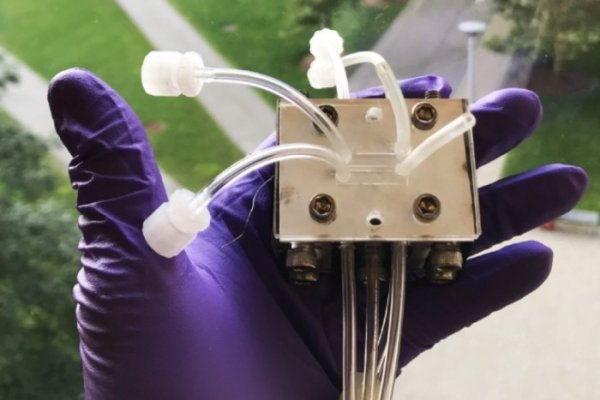According to foreign media New Atlas, researchers at the Massachusetts Institute of Technology (MIT) have developed a new technology that uses shock waves to remove radioactive contaminants from nuclear reactor wastewater. This process is called impact electrodialysis, which separates the wastewater from the power plant's coolant system for treatment, while the water can be recycled instead of being replaced. When we think of the disposal of nuclear waste, we tend to think of large items, such as spent nuclear fuel or the radioactive components of waste reactors. However, there is also daily waste, which is the result of a small amount of pollutants entering the water system, which will cool the reactor and convert its heat into usable energy. The problem is how to remove these pollutants in a safe and economical way without affecting the operation of the reactor or without having to carry out expensive water replacement operations. To achieve this goal, the MIT team has been conducting shock electrodialysis experiments. This technology was originally invented for seawater desalination. This process uses deionized shock waves in a water pipe to push charged ions into a charged porous material, which is used as a lining for the pipe. As a result, if the ions are composed of the required elements to be treated, the ions can be selectively filtered from the coolant water stream. For large reactors, the coolant water stream has an annual volume of 10 million cubic meters. So far, the technology has been used to remove 99.5% of radioactive cobalt and cesium from simulated wastewater. The wastewater also contains boric acid and lithium, which are left behind. This means that up to two-thirds of the water can be recycled. The process is also scalable. Researchers at MIT say it can be used not only to clean reactor cooling systems, but also for large-scale applications, such as removing lead from drinking water. The researchers said that in addition to conventional cleaning operations, the technology can also be used to deal with catastrophic situations, such as those faced by the Fukushima Daiichi Nuclear Power Plant in Japan. The research paper was recently published in the journal Environmental Science and Technology. The paper was co-written by Martin Bazant, a professor of chemical engineering at MIT, graduate student Mohammad Alkhadra Huanhuan Tian, ​​and postdoctors Kameron Conforti and Tao Gao. The roller coating plate refers to a method of color on the surface of the aluminum and coated with PVDF coating and the coating plate processed into a certain structure through processing. Roll coating aluminum plate is of high-tech with rolling the processing technology of high performance,attached to the surface of the aluminum plate by PVDF, the adhesion is strong, and the color is very realistic so that the product life length is extended. The surface is smoothness, bright and uniform. The film thickness and coating surface of aluminum is thinner than film coated plate.Because of roller coated aluminum plate reflection is excellent,clean and not easy changed of color,the price is much higher. Rolling Coated Aluminum Ceiling Rolling Coated Aluminum Ceiling,Rolling Coated Aluminium Ceiling Tiles,Rolling Coated Aluminium Ceiling Sheet Henan Everwin Trade Co., Ltd. , https://www.ewaluminium.com
